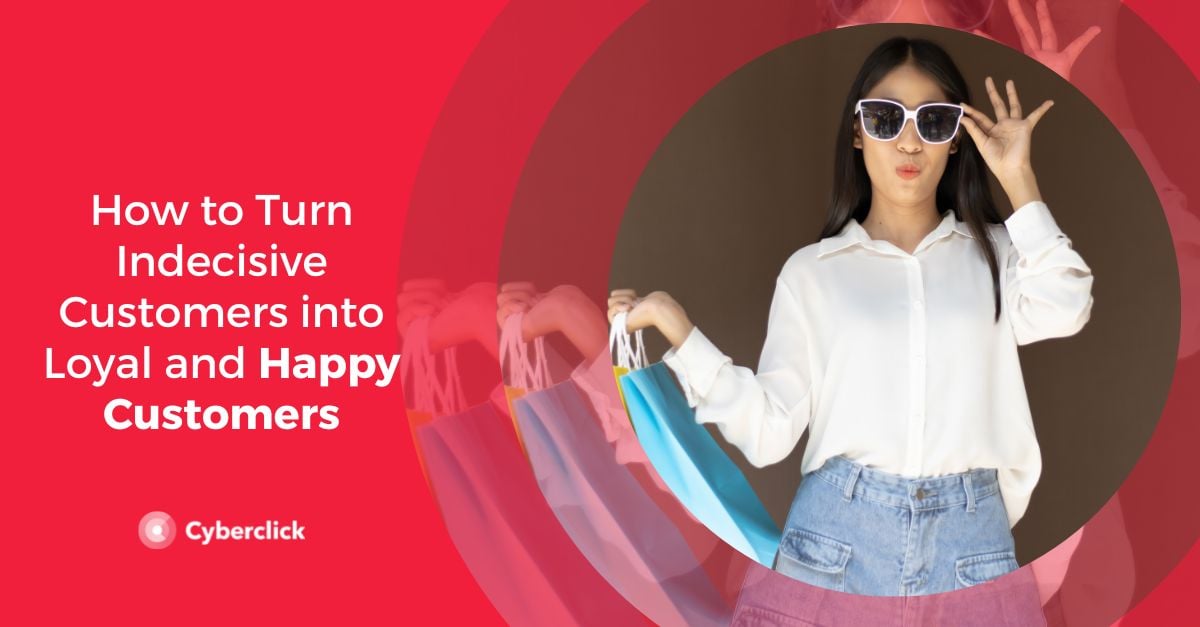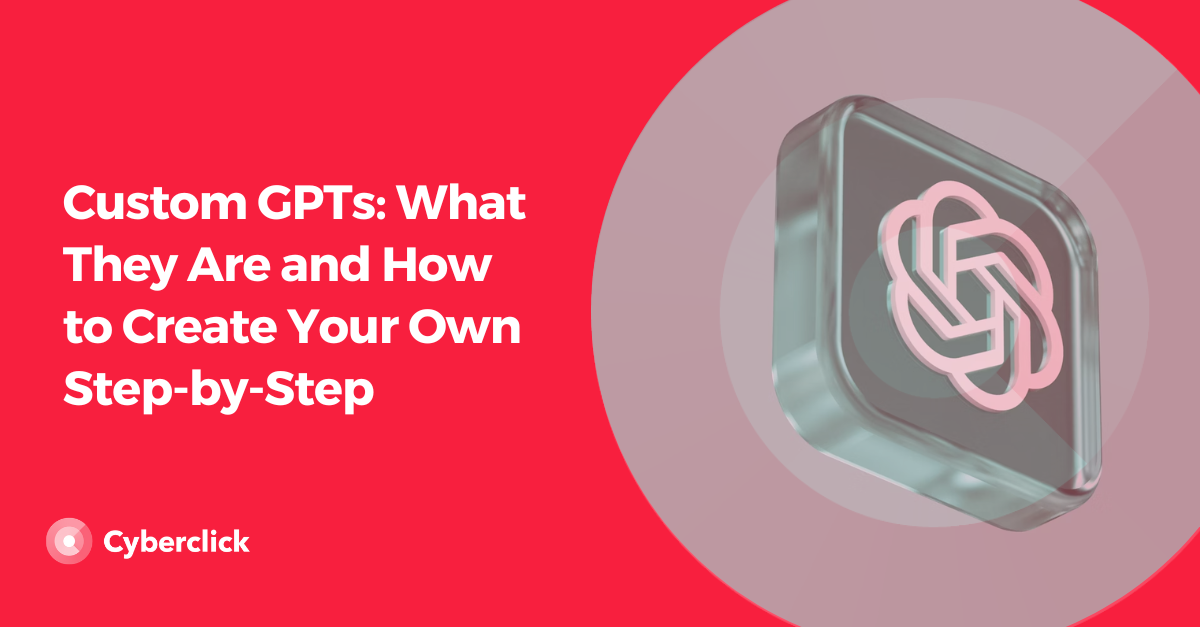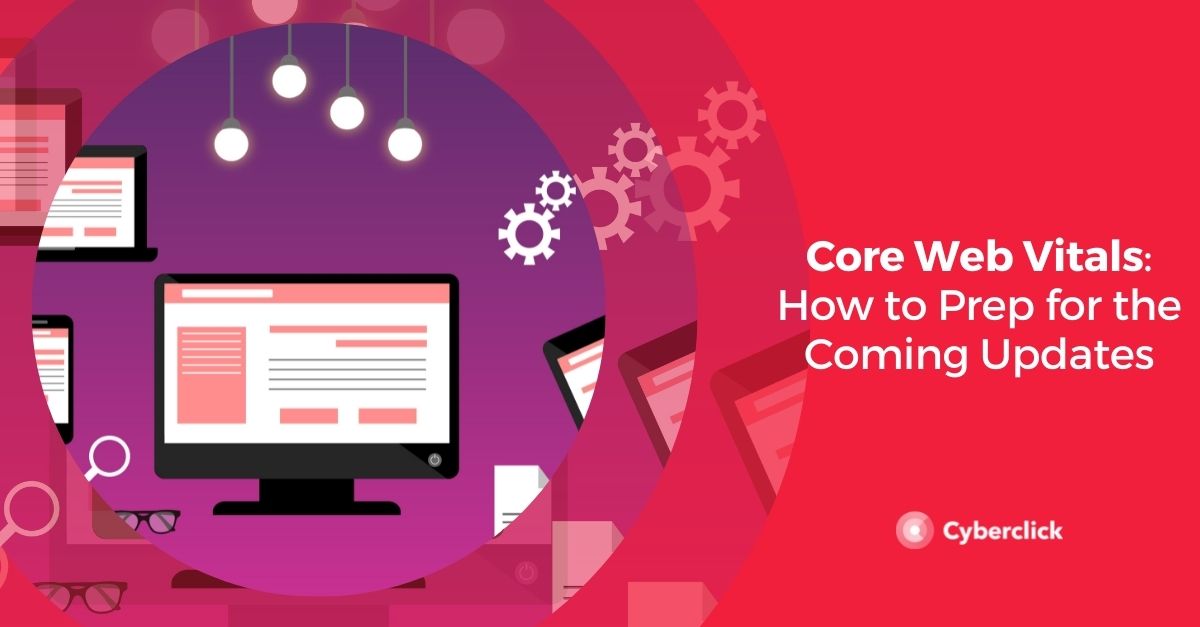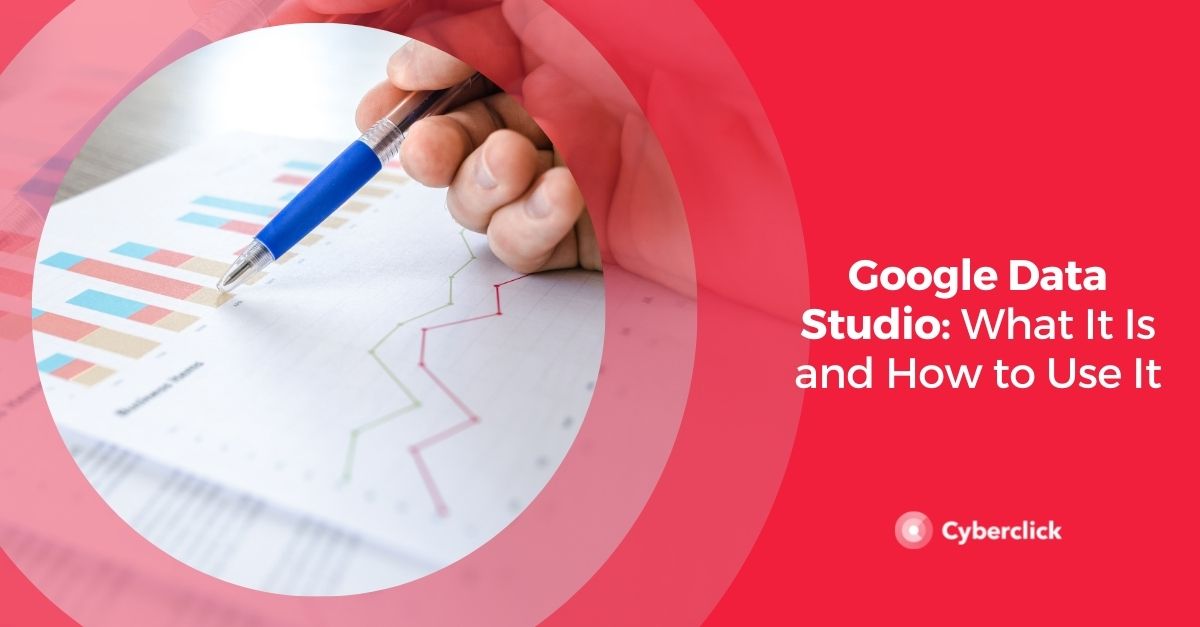Undecided customers can make it really difficult to craft effective customer loyalty marketing strategies. You have probably encountered these types of customers on more than one occasion, and no matter how hard you tried, you could never get them to make a purchase.
It’s relatively normal for this to happen, but there are different ways to get them out of that state of doubt to trust your brand and become happy customers. In this article, we'll review what they are.

What Are Indecisive Customers?
All of us hesitate when it comes to making a purchase. We may not completely trust the sellers, the product, brand, or service. However, indecisive customers are those who, despite being interested in a product or service, regularly hesitate and postpone their purchase decisions indefinitely.
Although indecisive customers tend to be more hesitant about their purchases when they are made in person (since there is greater interaction and tension), this type of consumer is also present in online sales. Therefore, if you have an e-commerce or sell through marketplaces, it’s beneficial for you to know the characteristics of indecisive customers and how to deal with them.
Most Common Characteristics of Indecisive Customers
There are different profiles of indecisive customers, but here are some common elements that define them and can help you identify them:
- They ask very specific questions: They usually ask very specific questions rather than saying the typical "I would like you to tell me a little about X product/service".
- They need time and space to make their decision: They will not give you an immediate answer about whether they want to make the purchase or not. They prefer to evaluate the situation calmly and make the decision when they are 100% sure.
- They do not give their opinion: Although they listen carefully to everything you are telling them about the product or service, they will never give you an outright opinion.
As we've mentioned, indecisive customers can also be found in the digital environment. The characteristics that define them are:
- High cart abandonment rate
- Repeated visits to the same pages
- Regular visits to the FAQs section
Types of Indecisive Customers
If you analyze the personality of indecisive customers, you can group them into 4 different groups according to the way they act and the reason for their indecision. As a brand, determining which type of indecisive customer you are dealing with will be very useful to know how to deal with them and how to make them become a happy customer.
1. Skeptics
This type of undecided customer often communicates with brand staff in an incredulous manner, doubting the quality or performance of what you offer. In these cases, the best thing to do is to offer them a free trial or a money-back guarantee to reassure them that your offer is risk-free.
Although most purchasing decisions are emotional, this type of customer also needs to have their rational side satisfied. To do this, you should inform them about quality studies that demonstrate the effectiveness of what you offer or show them the awards and recognitions you have obtained as a brand. In addition, success stories can also be a great tool to attract this type of consumer.
2. Busy
This type of customer claims that it's not the right time to make a purchase or that they don't have time. Using scarcity and urgency strategies can be very useful to convince them, such as including a countdown on your e-commerce website or telling them that you only have a few units left of the product they are interested in.
Using explanatory videos in your online store can speed up the sales process and the user can better understand the characteristics of your products or services. Chatbots can also answer frequent questions in an effective way and convince busy users to make a purchase.
3. Comparative
This type of indecisive customer is characterized by wanting to be assured before making the purchase that they are getting the best option on the market at the lowest price. They spend a lot of time analyzing your offer and comparing it with your competition.
To get their attention, be clear about what differentiates you from your competition and demonstrate your superiority. Find out what makes you unique. Again, as with the busy customer, using scarcity and urgency strategies will work very well.
4. Thrifty
In this case, you are dealing with a customer who will always be dissatisfied with the price you offer, regardless of whether it’s affordable or not. Showing them the profitability of your offer and making them see it as an investment and not as an expense is a strategy that works very well with this type of undecided customer.
Tips for Dealing With Undecided Customers
We have already seen how to deal with specific profiles of undecided customers. However, there are some strategies that can be useful for dealing with all of them and with those who don't fall into the 4 categories mentioned above. Again, it is important to differentiate between physical sales and e-commerce sales, as the behaviors are different depending on the type of purchase method.
Physical Sales
With sales made in physical establishments, the relationship generated between the customer and the salesperson is very important. Therefore, having your staff implement some of the following tips can be of great help when dealing with undecided customers:
- Offer alternatives: presenting indecisive customers with a single proposal isn’t the best option, as it will put more pressure on them. Showing them flexible and varied offers that allow them to choose according to their criteria will give them much more confidence. One of the best strategies is to present them with three proposals that vary in both value and features.
- Practice active listening: listening to undecided customers is key to understanding where their indecision lies and resolving the questions that are preventing them from continuing with the purchasing process. In addition, active listening, in which the listener is able to understand the ideas and thoughts of the speaker, will also make the customer feel taken care of and will generate more confidence.
- Respond with confidence: if there is one thing that characterizes all indecisive customers, it’s doubt. As a brand, you must counterbalance that by increasing their confidence. Answering the questions they ask with confidence and being clear in your communication is one of the best ways to achieve this.
- Avoid dominant postures: you should not exert too much pressure, as you will end up overwhelming the potential customer and achieving the opposite effect. Once you explain the features of the product or service, give them time to make a decision.
Digital Sales
Some of the tips in the previous point can also be applied to your digital commerce through customer service. However, here are some specific recommendations to better deal with undecided customers in e-commerce:
- Offer human advice: It’s very common that customers, even more so the undecided ones, have concerns, especially when buying online. Therefore, it’s important that you offer them personalized and humanized assistance. This does not mean that you have to do without chatbots, as they are very useful for solving FAQs. But it’s important that they are always backed up by a customer service team made up of real people. One of the forms of customer service that customers value most is direct chat, because of the convenience it offers. Implement it in your business!
- Create a complete website: Incomplete websites are notorious for having indecisive customers because they need clear information to help them make a decision. We recommend that you have a Q&A page, as well as a clear shipping and return policy. Product sheets are also extremely important, as they will allow the customer to get a clear idea of a certain product, despite the limitations of online shopping.
- Avoid cart abandonment: Adding products or services to the cart without completing the purchase process is very common among indecisive customers. Fortunately, there are some techniques that can help you prevent this from happening. Offering free shipping and returns, accepting a wide variety of payment options, simplifying the checkout process, or allowing checkout without the need to be registered are some ways to prevent your cart abandonment rate from rising with this type of customer. You should also leverage digital marketing automation strategies that alert the potential customer that they have an abandoned cart.

Key Account Manager Engineer en Cyberclick. Experto en desarrollo de aplicaciones web e integraciones entre sistemas con más de 10 años de experiencia. Cuenta con una licenciatura en Matemáticas, Ciclo Formativo de Grado Superior en Desarrollo de Aplicaciones Informáticas y Ciclo Formativo de Grado Superior en Desarrollo de Aplicaciones Multiplataforma.
Key Account Manager Engineer at Cyberclick. Expert in web application development and system integrations with over 10 years of experience. He holds a degree in Mathematics, a Higher Degree in Computer Application Development, and a Higher Degree in Multiplatform Application Development.




Leave your comment and join the conversation